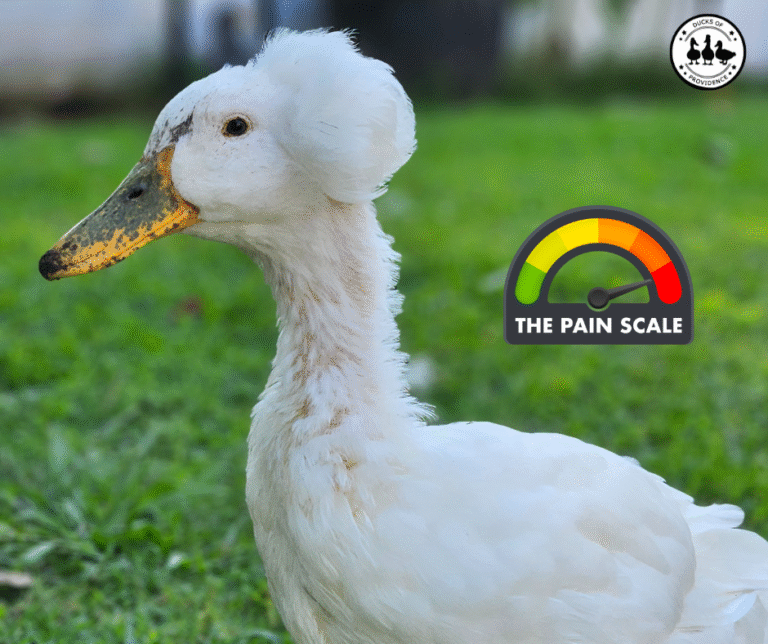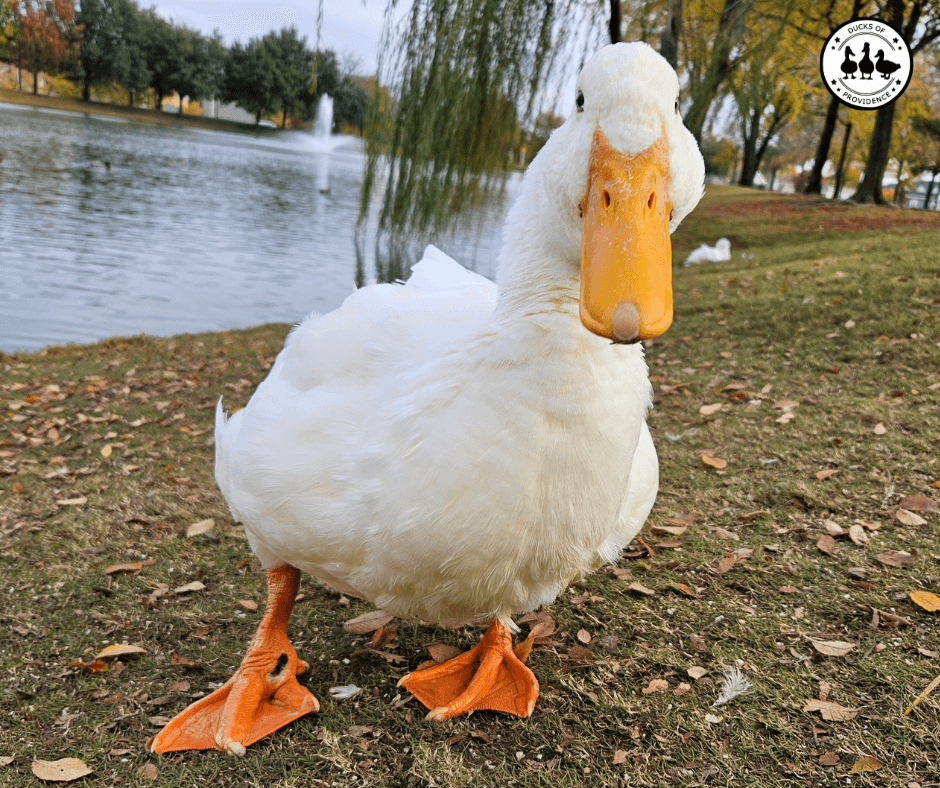
Arthritis in Ducks: Expert Tips to Recognize, Manage, and Relieve Your Feathered Friends’ Pain for a Happier, Healthier Life
Arthritis in ducks can be challenging, but with proper care and attention, you can help your feathered friends live comfortably. Like many animals, ducks can develop joint issues as they age or due to certain environmental factors. Recognizing the signs early and providing supportive care can make all the difference in their quality of life.
🩺This article is part of our Duck Health Conditions Series.
Disclaimer: I may earn a commission if you buy products or services through my affiliate links. This will not affect the price you pay. I only recommend products or services that I believe will be beneficial to my readers.
What Is Arthritis in Ducks?
Arthritis is a condition characterized by the inflammation of one or more joints, leading to pain, stiffness, and reduced mobility. In ducks, arthritis can arise from various causes, including wear and tear on the joints, infections, or injury. The condition can affect their ability to walk, swim, and engage in their usual activities, significantly impacting their quality of life.
There are two main types of arthritis seen in ducks:
- Degenerative Arthritis (Osteoarthritis): This form occurs due to aging or chronic stress on the joints. Over time, the cartilage cushions the joints breaks down, leading to pain and stiffness. Factors like obesity and inadequate living conditions can accelerate this process.
- Septic Arthritis: This type of arthritis is caused by bacterial infections infiltrating the joint. Such infections often stem from injuries, poor hygiene, or systemic illnesses. Without prompt treatment, septic arthritis can cause severe damage to the joint structure.
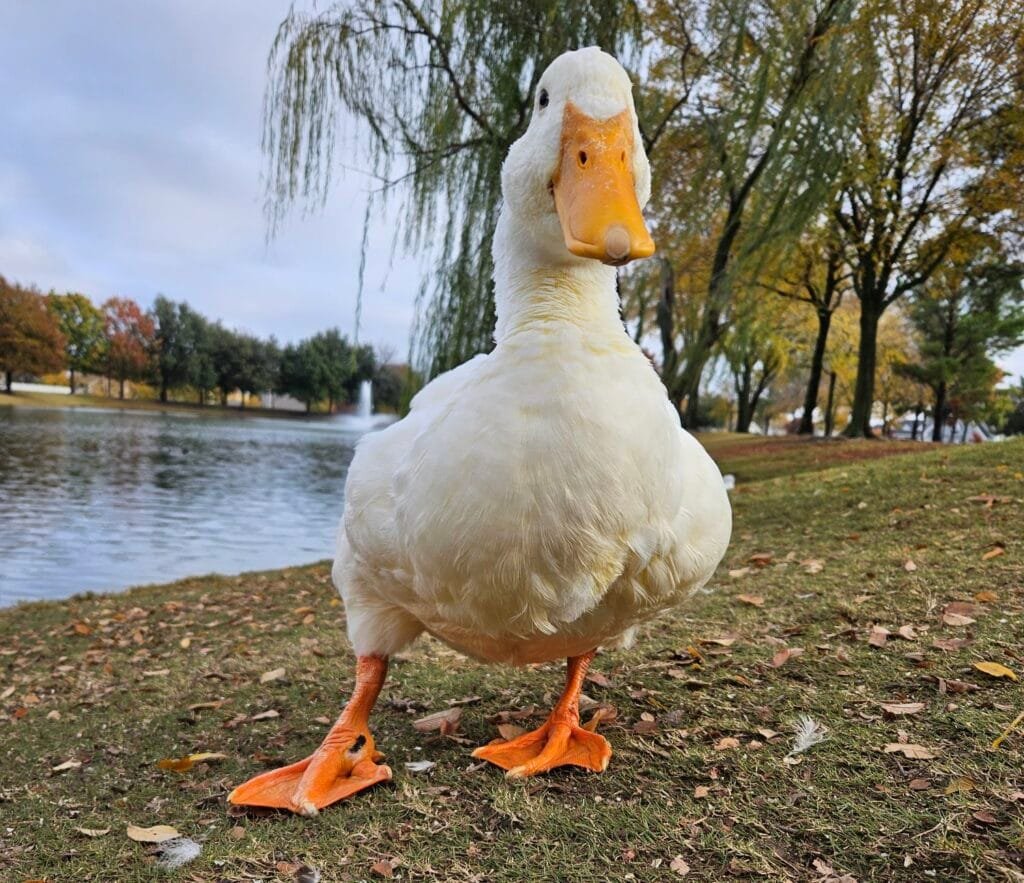
Risk Factors for Arthritis in Ducks:
Certain conditions and factors can increase the likelihood of arthritis in ducks. Understanding these risks allows you to take proactive measures to protect your flock:
- Age: Older ducks are more prone to developing arthritis as their joints naturally experience wear and tear over time.
- Obesity: Excess body weight places undue stress on a duck’s joints, accelerating the breakdown of cartilage and increasing the risk of arthritis.
- Breed Susceptibility: Larger breeds, such as Jumbo Pekins and Muscovies, are more vulnerable due to their size and weight, which put additional strain on their legs and joints.
- Injuries: Past injuries, such as fractures or sprains, can weaken joints and make them more susceptible to arthritis later in life.
- Infections: Conditions like bumblefoot or wounds that lead to systemic infections can spread bacteria to the joints, resulting in septic arthritis.
- Poor Living Conditions: Unsanitary environments increase the risk of infections and injuries, which can contribute to arthritis. Wet, muddy, or slippery surfaces can also lead to falls and joint strain.
- Nutritional Deficiencies: Diets lacking essential nutrients like calcium, phosphorus, or vitamin D can weaken bones and joints, making arthritis more likely.
- Repetitive Stress or Overuse: Ducks that frequently navigate uneven terrain, climb steep ramps, or are overactive may experience repetitive joint stress, contributing to arthritis over time.
- Genetics: Some ducks may inherit a predisposition to joint problems, making them more likely to develop arthritis as they age.
Addressing these risk factors through proper care, nutrition, and environmental management can help reduce the chances of arthritis developing in your ducks or more effectively manage the condition if it does occur.
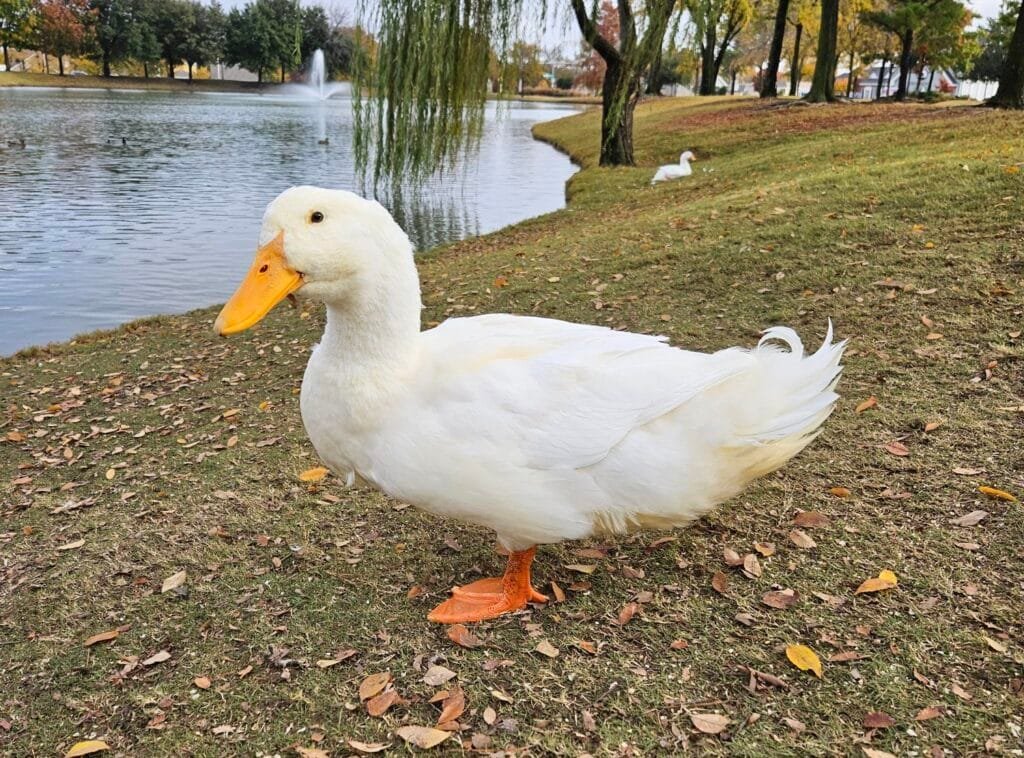
Signs and Symptoms of Arthritis in Ducks
Spotting arthritis early can help you intervene before it worsens. Look out for:
- Limping or Difficulty Walking: Ducks may hobble, take uneven steps, or favor one leg over the other. This is often one of the first signs noticed by owners.
- Swelling or Stiffness in Joints: Look closely at their legs, feet, and even their toes for signs of puffiness or abnormal shapes. Stiffness may become evident when they first start moving after rest.
- Reluctance to Move or Swim: Ducks with arthritis might avoid physical activities they usually enjoy, such as waddling to forage, climbing ramps, or swimming. Instead, they may choose to stay seated or stationary.
- Changes in Posture or Sitting Behavior: Some ducks with arthritis will rest with one leg stretched out awkwardly or shift their weight constantly to avoid using a painful joint.
- Decreased Appetite or Energy Levels: Chronic pain can lead to behavioral changes, including eating less or appearing more lethargic than usual.
- Audible Vocalizations of Discomfort: While ducks don’t often cry out in pain, some may emit unusual sounds when forced to move or touched in areas of discomfort.
- Visible Pain During Movement: Pay attention to how your duck walks, especially when transitioning from sitting to standing. Wincing movements or hesitation can indicate joint pain.
Understanding these symptoms can help you address the issue early and seek the appropriate interventions for your duck’s comfort and well-being.
Preventing Arthritis in Ducks
Prevention is always better than treatment. Here’s how you can reduce the risk of arthritis in your flock:
- Provide a Balanced Diet: A diet rich in essential nutrients is key to maintaining healthy joints. Ensure your ducks receive adequate calcium, phosphorus, and vitamin D to support bone and joint health. Consider supplementing their feed with omega-3 fatty acids, known for their anti-inflammatory properties.
- Maintain a Healthy Weight: Obesity places significant stress on joints. Monitor your ducks’ weight and avoid overfeeding. Balanced portions of high-quality feed can help keep their weight in check.
- Ensure Proper Living Conditions:
- Clean and Dry Environment: Keep their living area dry and free from mud or standing water to reduce the risk of infections and injuries.
- Soft Bedding: Use soft, cushioned bedding materials such as straw or wood shavings to provide comfortable resting surfaces that minimize joint strain.
- Non-Slippery Surfaces: To prevent accidents that could cause joint injuries, ensure that walkways, ramps, and other surfaces are non-slippery.
- Encourage Moderate Exercise: Regular movement helps maintain joint flexibility and overall health. Provide ample space for your ducks to roam and swim, but avoid overexerting them, especially in breeds prone to joint issues.
- Prevent Injuries:
- Remove sharp objects and other hazards from their environment.
- Supervise interactions with other animals to minimize the risk of aggressive encounters.
- Use ramps with gentle slopes to reduce strain when accessing higher areas like ponds or coops.
- Regular Health Checks: Routine inspections of your ducks’ legs, feet, and joints can help you catch early signs of arthritis or related issues. Promptly address any injuries or infections to prevent complications.
Taking these proactive measures can significantly lower the likelihood of arthritis in your ducks, allowing them to enjoy healthier, happier lives.
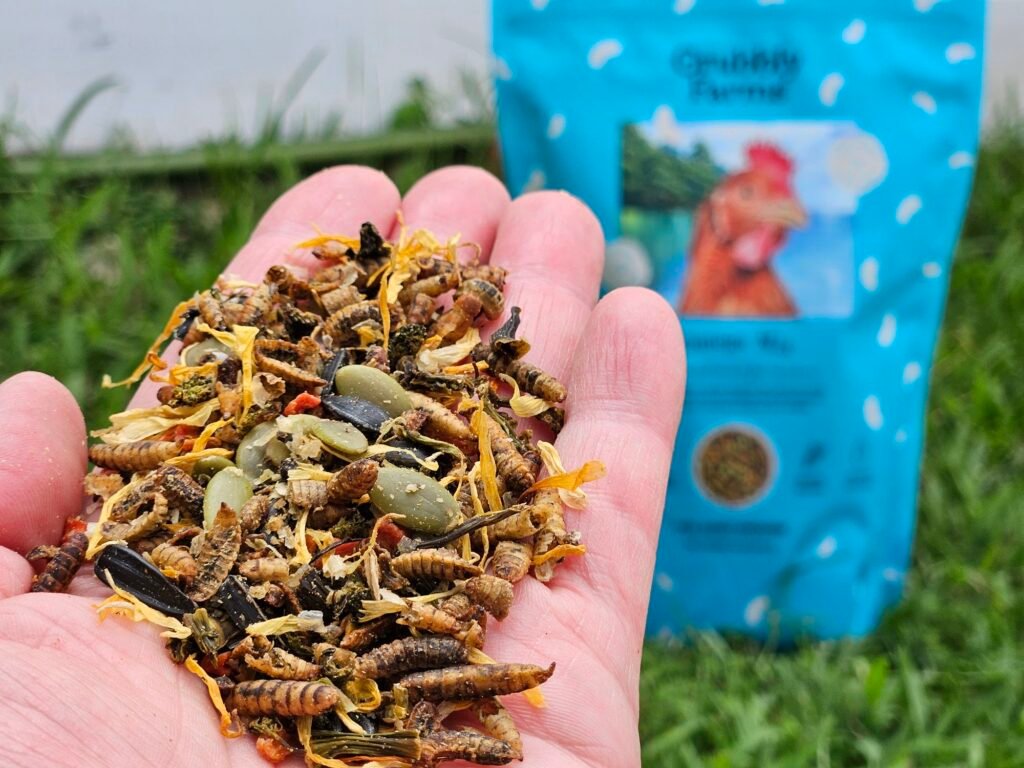
Managing Arthritis in Ducks
If your duck is diagnosed with arthritis, there are several ways to manage their condition and enhance their quality of life:
- Pain Management: Consult a veterinarian to discuss appropriate pain relief options. Non-steroidal anti-inflammatory drugs (NSAIDs) or other medications may be prescribed to reduce inflammation and discomfort. Always follow your vet’s dosage recommendations carefully.
- Supplements: Joint-support supplements like glucosamine, chondroitin, and omega-3 fatty acids can help improve joint health and mobility. These are available in duck-safe formulations and can be added to their diet.
- Physical Modifications:
- Provide ramps with gentle slopes and non-slip surfaces to make it easier for your ducks to access elevated areas like ponds or coops.
- Use soft, cushioned bedding to minimize joint stress and provide a comfortable resting spot.
- Duck Wheelchairs: Specialized wheelchairs designed for ducks can offer mobility support for those with severe arthritis. These devices allow your duck to move comfortably while minimizing strain on their joints. They can be custom-made or purchased from Etsy shops. You can also really easily DIY a wheelchair for your ducks. Ensure the wheelchair fits your duck properly and is used under supervision to prevent discomfort or accidents.
- Hydrotherapy: Swimming is a low-impact exercise that can help maintain joint flexibility and muscle strength without putting additional strain on the joints. Ensure the water is clean and easy for your duck to access.
- Dietary Adjustments: Ensure your duck’s diet is optimized for joint health, including adequate calcium, vitamin D, and omega-3 fatty acids. If your duck is overweight, work with a vet to create a safe weight-loss plan.
- Environmental Enrichment: Create a stress-free environment with plenty of opportunities for rest. Avoid placing food, water, or resting spots in hard-to-reach areas, reducing the need for excessive movement.
- Regular Vet Check-Ups: Schedule periodic visits with your veterinarian to monitor your duck’s condition and adjust their care plan as needed.
By combining these management strategies, you can help your duck lead a more comfortable and fulfilling life despite their arthritis diagnosis.
Dietary Considerations for Arthritic Ducks
What your ducks eat can significantly impact their joint health:
- Anti-Inflammatory Foods: Incorporate foods rich in omega-3 fatty acids, such as flaxseeds, fish oil, or duck-safe greens like kale and spinach. These can help reduce inflammation and support joint health.
- Calcium and Vitamin D: Ensure adequate levels of calcium and vitamin D to support bone health. If needed, consider supplements under your vet’s guidance.
- Balanced Nutrition: Provide a high-quality commercial feed suitable for their age and breed, supplemented with fresh vegetables and grains for variety.
FAQ About Arthritis in Ducks
1. What is arthritis in ducks? Arthritis in ducks refers to inflammation of the joints, which can cause pain, stiffness, and difficulty moving. It is typically seen in older ducks or those that have suffered injuries or wear and tear on their joints over time.
2. What are the symptoms of arthritis in ducks? Common signs of arthritis in ducks include limping, difficulty standing or walking, reduced activity levels, and swelling or heat around the affected joints. A duck may also avoid certain movements or show signs of pain when moving.
3. What causes arthritis in ducks? Arthritis in ducks can be caused by a variety of factors, including age, injury, genetics, or obesity. Ducks with a history of joint trauma or those that are overweight are at higher risk for developing arthritis. It can also result from infections or inflammation affecting the joints.
4. How is arthritis diagnosed in ducks? A veterinarian will typically diagnose arthritis by observing the duck’s symptoms and conducting a physical examination. X-rays or other imaging tests may be recommended to assess the extent of joint damage or inflammation.
5. Can arthritis in ducks be treated? While there is no cure for arthritis, treatment options focus on managing symptoms and improving quality of life. Anti-inflammatory medications, pain relief, and joint supplements (such as glucosamine) are commonly used. Weight management, gentle exercise, and providing soft bedding can also help relieve discomfort.
6. Are there any natural remedies for arthritis in ducks? Some duck owners use natural remedies such as omega-3 fatty acids (found in fish oil) or herbs like turmeric, which may help reduce inflammation. However, it’s important to consult a vet before trying any alternative treatments.
7. Can arthritis in ducks be prevented? Preventing arthritis involves keeping ducks at a healthy weight, providing them with a safe environment to avoid injury, and offering joint-friendly diets rich in essential nutrients. Regular, low-impact exercise and soft bedding can also reduce the risk of joint stress.
8. When should I take my duck to the vet for arthritis? If you notice signs of limping, reluctance to move, or any unusual behavior in your duck that suggests joint pain, it’s best to consult with a vet. Early intervention can help manage the condition more effectively.
9. How can I help my duck live comfortably with arthritis? Ensure your duck has a soft, comfortable place to rest, avoid slippery surfaces, and provide plenty of room to move around gently. You can also use heat therapy, such as warm compresses, to soothe sore joints. Regular checkups with a vet are important to monitor the condition.
10. Can arthritis be cured in ducks? A: While arthritis cannot be cured, its symptoms can be managed effectively to improve a duck’s quality of life.
11. Are certain breeds more prone to arthritis? A: Heavier breeds, like Jumbo Pekins and Muscovies, are more susceptible due to the stress their body weight places on their joints.
12. How can I tell if my duck is in pain? A: Watch for changes in behavior, such as limping, reduced activity, or a reluctance to participate in their usual activities like swimming or foraging.
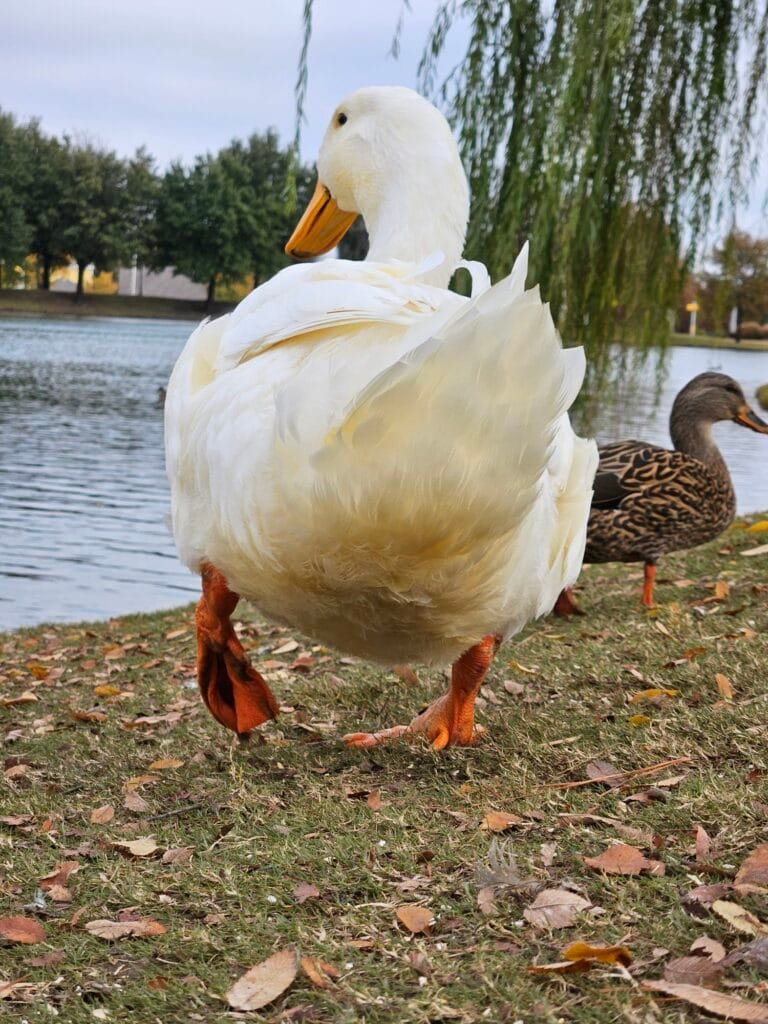
Final Thoughts
Caring for a duck with arthritis may require extra effort, but the rewards are worth it. By taking preventative measures and providing the right care, you can ensure your ducks remain happy and comfortable. Regular health checks, thoughtful adjustments to their environment, and a nutrient-rich diet can make a world of difference. Remember, even small changes can greatly enhance their quality of life—keeping those waddles as cheerful as ever!



